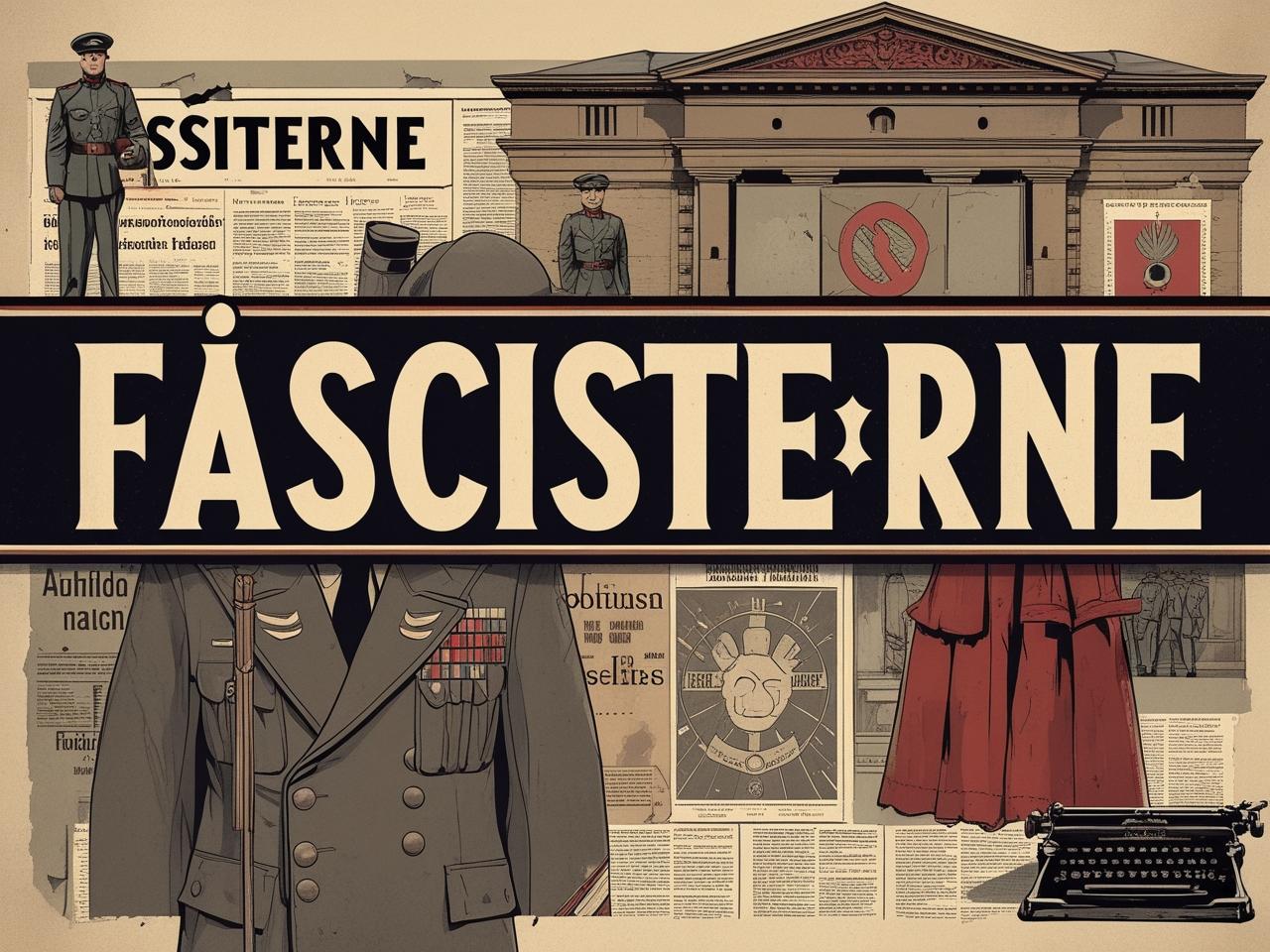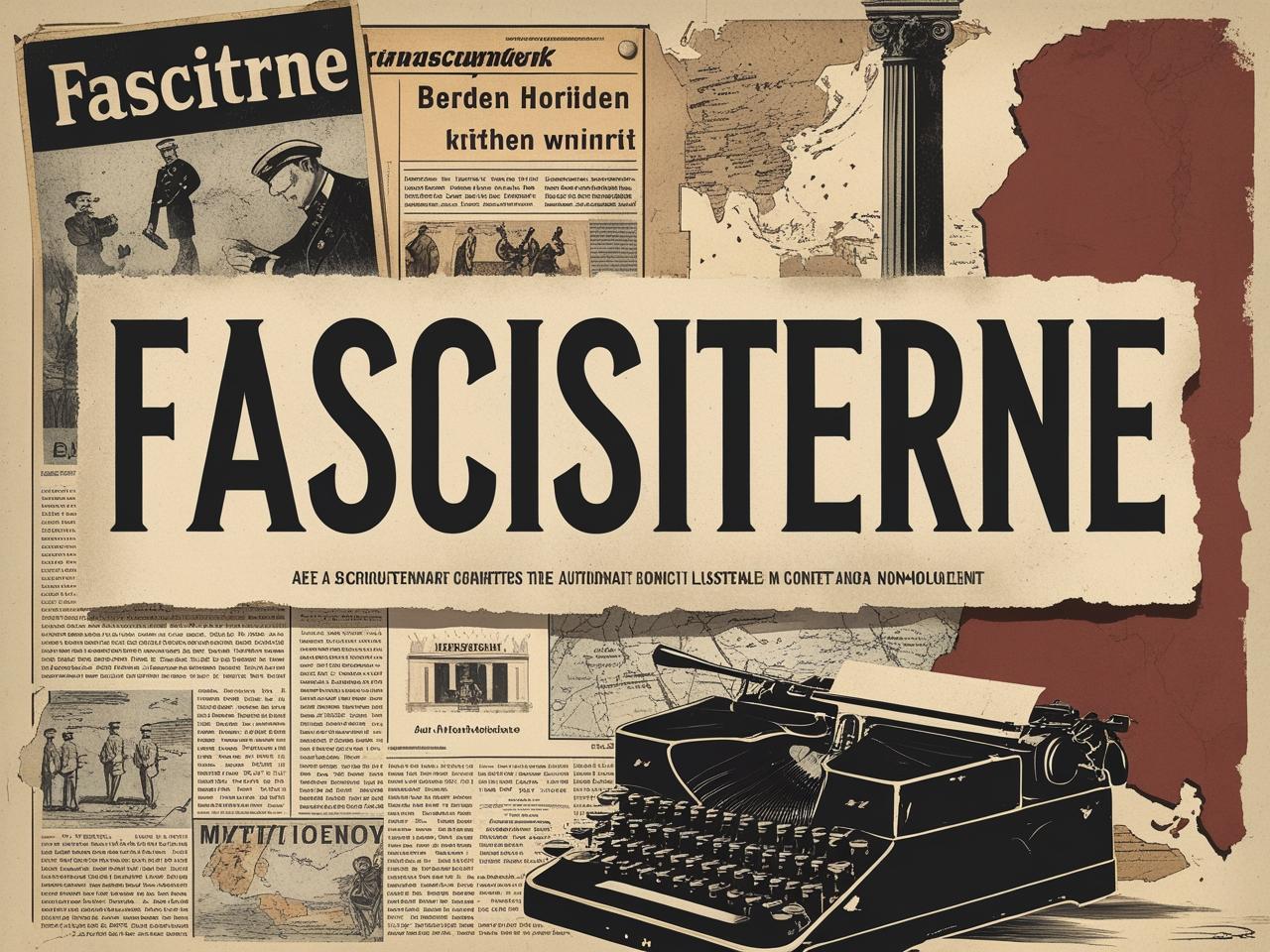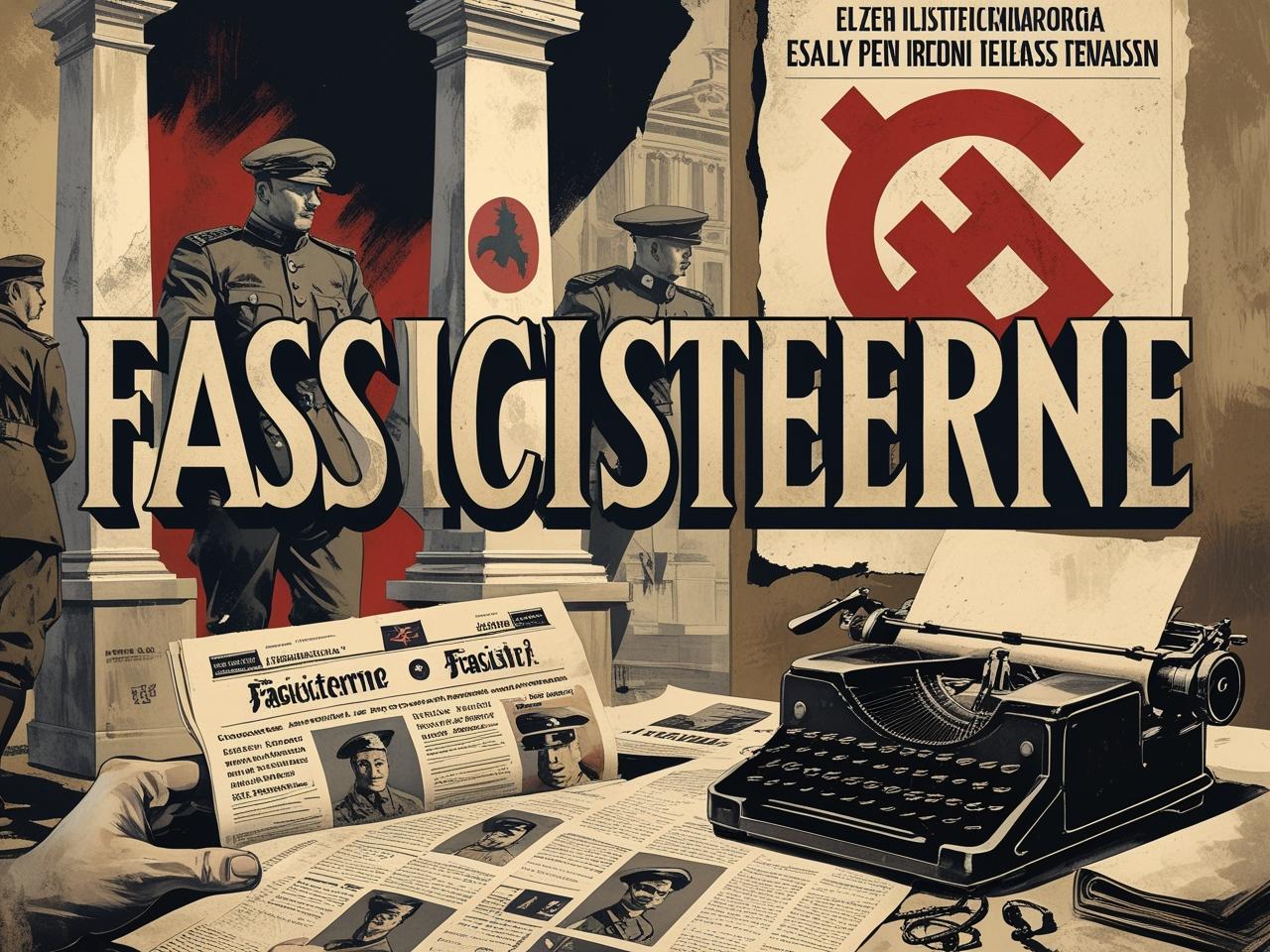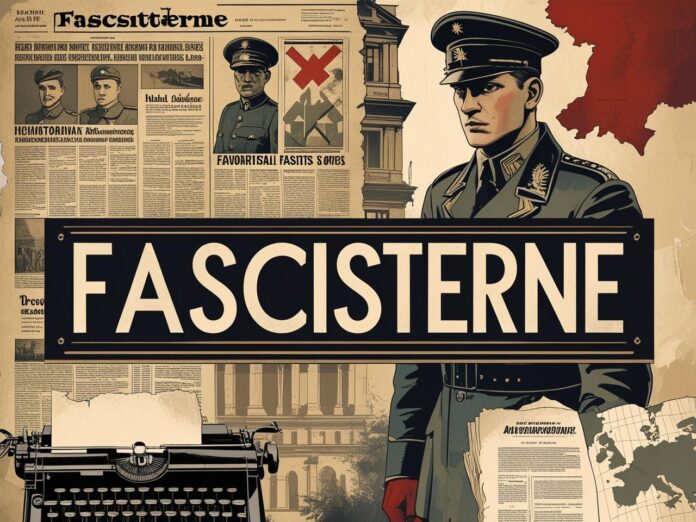The term “fascisterne” refers to fascists in Danish and is most commonly used in historical or political discussions related to far-right ideologies. Though the word often sparks strong emotional responses, it’s essential to understand what it actually means, where it came from, and how it has been used in history and contemporary society.
In this article, we’ll explore the origins of fascism, its rise in Europe, what “fascisterne” stood for historically, and how the term is understood and used today in public discourse.
The Origins of Fascism

H3: Early 20th-Century Italy and Benito Mussolini
Fascism as a political ideology originated in Italy under Benito Mussolini in the early 1920s. Mussolini, a former socialist, created the National Fascist Party in 1921. He coined the term fascismo, derived from the Latin fasces—a bundle of rods symbolizing unity and authority in ancient Rome.
Mussolini’s movement promoted:
- Extreme nationalism
- A centralized, authoritarian government
- Suppression of political opposition
- A strong, militarized state
The Italian fascists, or “fascisterne” in Danish, became a model for similar movements in Europe during the interwar period.
Key Characteristics of Fascisterne Ideology

While each fascist movement had local variations, many shared core beliefs:
1. Ultranationalism
Fascist ideology emphasizes loyalty to the nation above all else, often promoting one culture or ethnicity as superior.
2. Authoritarian Leadership
Power is centralized under a single leader or small ruling elite. Individual rights are often secondary to the perceived needs of the state.
3. Anti-Communism
Fascisterne strongly opposed socialism and communism, seeing them as threats to national unity and order.
4. Militarism
Military strength and expansion are often glorified. Fascist governments may prioritize military spending and engage in aggressive foreign policy.
5. Suppression of Dissent
Free speech, independent media, and opposition parties are often limited or banned outright in fascist regimes.
Fascisterne in Europe: Beyond Italy

H3: Germany – The Nazi Regime
In Germany, fascist ideas were adapted by Adolf Hitler and the Nazi Party (National Socialist German Workers’ Party). Though not identical to Italian fascism, Nazism shared many core traits—especially authoritarianism, nationalism, and the suppression of dissent.
The Nazi regime led to World War II and the Holocaust, one of history’s most devastating atrocities.
H3: Spain – Franco’s Rule
After a brutal civil war, Francisco Franco established a fascist-inspired dictatorship in Spain in 1939. While not identical in ideology to Mussolini or Hitler, his rule included many hallmarks of fascism, including centralized control, censorship, and political repression.
The Decline of Historical Fascism
After the end of World War II, fascist regimes were largely dismantled, and the term “fascism” became associated with dictatorship, war, and genocide. The Allied victory in 1945 marked the formal defeat of fascism in Europe, although its legacy continued to affect political thought and memory.
Use of the Term “Fascisterne” in Modern Contexts
Today, “fascisterne” is sometimes used in public discourse to criticize authoritarian behavior, but it’s important to apply the term accurately and responsibly.
H3: When the Term Is Used
- Historical reference: Describing actual fascist regimes and parties
- Political criticism: Accusing modern movements or figures of authoritarian or extreme nationalist behavior
- Activist language: Sometimes used in protests or debates to express concern about rising extremism
H3: Why Caution Is Important
Because of its strong historical associations, misusing the term “fascisterne” can weaken its meaning. Not every authoritarian or nationalistic action qualifies as fascism. Understanding the difference matters for healthy, fact-based political dialogue.
How to Recognize Modern Echoes of Fascisterne Ideology
While historical fascism is largely extinct as a political system, certain trends can raise concerns. Here are some red flags to watch for:
- Attacks on free press or labeling journalists as enemies
- Efforts to weaken democratic institutions like courts or parliaments
- Propaganda promoting racial or cultural supremacy
- Calls for violence or glorification of military dominance
- Suppression of dissent through legal or extralegal means
It’s essential to distinguish between these warning signs and genuine policy debates in democratic societies.
How Education Helps Prevent the Rise of Extremism
Understanding the history of fascisterne is more than an academic exercise—it helps build awareness, tolerance, and critical thinking in today’s political environment.
H3: What You Can Do:
- Educate yourself and others on political history
- Support democratic institutions and press freedom
- Engage in respectful debate instead of labeling opponents
- Challenge misinformation when you encounter it
- Promote civic participation and voting
The Role of Language in Political Awareness
Words like “fascisterne” carry significant historical weight. Using them responsibly means staying informed, questioning sources, and respecting the seriousness of political discourse.
If you’re studying history, writing about politics, or engaging in activism, it’s worth revisiting the original context of the term and ensuring it’s applied appropriately.
Final Thoughts: Learning from the History of Fascisterne
The history of fascisterne—from Mussolini’s Italy to Franco’s Spain and beyond—teaches us critical lessons about power, propaganda, and the importance of democratic values. While the term is often used in today’s conversations, it’s important to understand its roots to use it meaningfully.
Let history guide us toward building a more informed, respectful, and democratic future.
✅ Want to Learn More About Fascisterne?
Whether you’re a student, writer, or just curious about history, exploring this topic further can offer valuable insights into how political movements shape our world. Check out credible historical sources, university archives, or books on 20th-century European politics for deeper understanding.


